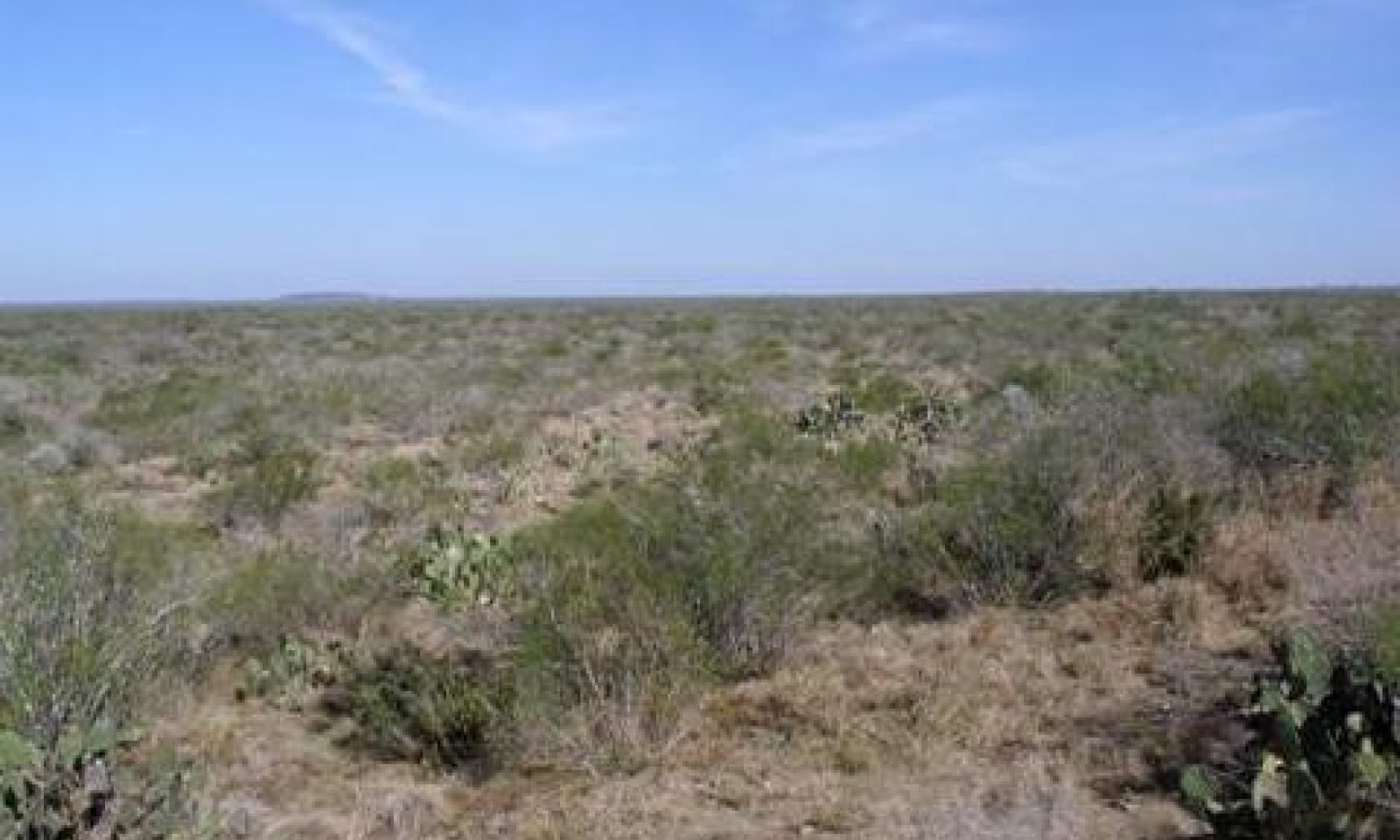
Shallow Sandy Loam
Scenario model
Current ecosystem state
Select a state
Management practices/drivers
Select a transition or restoration pathway
-
Transition T1A
Absence of disturbance and natural regeneration over time
More details -
Transition T1B
Extensive soil disturbance followed by seeding improved forage species
More details -
Restoration pathway R2A
Reintroduction of historic disturbance return intervals
More details -
Transition T2A
Extensive soil disturbance followed by seeding improved forage species
More details -
Transition T3A
Absence of disturbance and natural regeneration over time, coupled with excessive grazing pressure
More details -
No transition or restoration pathway between the selected states has been described
Target ecosystem state
Select a state
Submodel
Submodel
Mechanism
If heavy grazing continues and prescribed fire is not used, this phase will transition to a Shrubland State (2) with woody cover greater than 20 percent.
Mechanism
The transition to the Converted Land State is triggered by major ground disturbing mechanical treatment and planting to native or introduced forages (usually following brush management).
Mechanism
Aggressive brush and grazing management is required to revert the system back to the Grassland State. Re-seeding may be necessary if the grassy matrix is dominated by shortgrasses and annual forbs. Herbaceous production following brush management can be elevated by allowing them more resources. However, most shrubs are capable of re-sprouting, so treatments are often short lived. Allowances for follow-up treatments should be made. In the absence of follow-up treatments, woody cover and density may increase relative to pre-treatment conditions with adverse effects on forage production.
Mechanism
The transition to the Converted Land State is triggered by major ground disturbing mechanical treatment and planting to native or introduced forages. Planting is usually done following brush management.
Mechanism
Without follow-up management, seedlings of shrubs establish themselves and spread. If the seedlings are not controlled, the plant community will transition to the Shrubland Complex State (2) and will require machinery or herbicides to reduce the canopy and arrest the spread. Production of the grasses depends on the grazing management that has been applied and the canopy of the shrubs invading the site. As the canopy of the shrubs expands, grass and forb production will be reduced accordingly. Proper grazing and brush management are required to prevent woody plant ‘seedlings’ from dominating the site.
Model keys
Briefcase
Add ecological sites and Major Land Resource Areas to your briefcase by clicking on the briefcase (![]() ) icon wherever it occurs. Drag and drop items to reorder. Cookies are used to store briefcase items between browsing sessions. Because of this, the number of items that can be added to your briefcase is limited, and briefcase items added on one device and browser cannot be accessed from another device or browser. Users who do not wish to place cookies on their devices should not use the briefcase tool. Briefcase cookies serve no other purpose than described here and are deleted whenever browsing history is cleared.
) icon wherever it occurs. Drag and drop items to reorder. Cookies are used to store briefcase items between browsing sessions. Because of this, the number of items that can be added to your briefcase is limited, and briefcase items added on one device and browser cannot be accessed from another device or browser. Users who do not wish to place cookies on their devices should not use the briefcase tool. Briefcase cookies serve no other purpose than described here and are deleted whenever browsing history is cleared.
Ecological sites
Major Land Resource Areas
The Ecosystem Dynamics Interpretive Tool is an information system framework developed by the USDA-ARS Jornada Experimental Range, USDA Natural Resources Conservation Service, and New Mexico State University.


